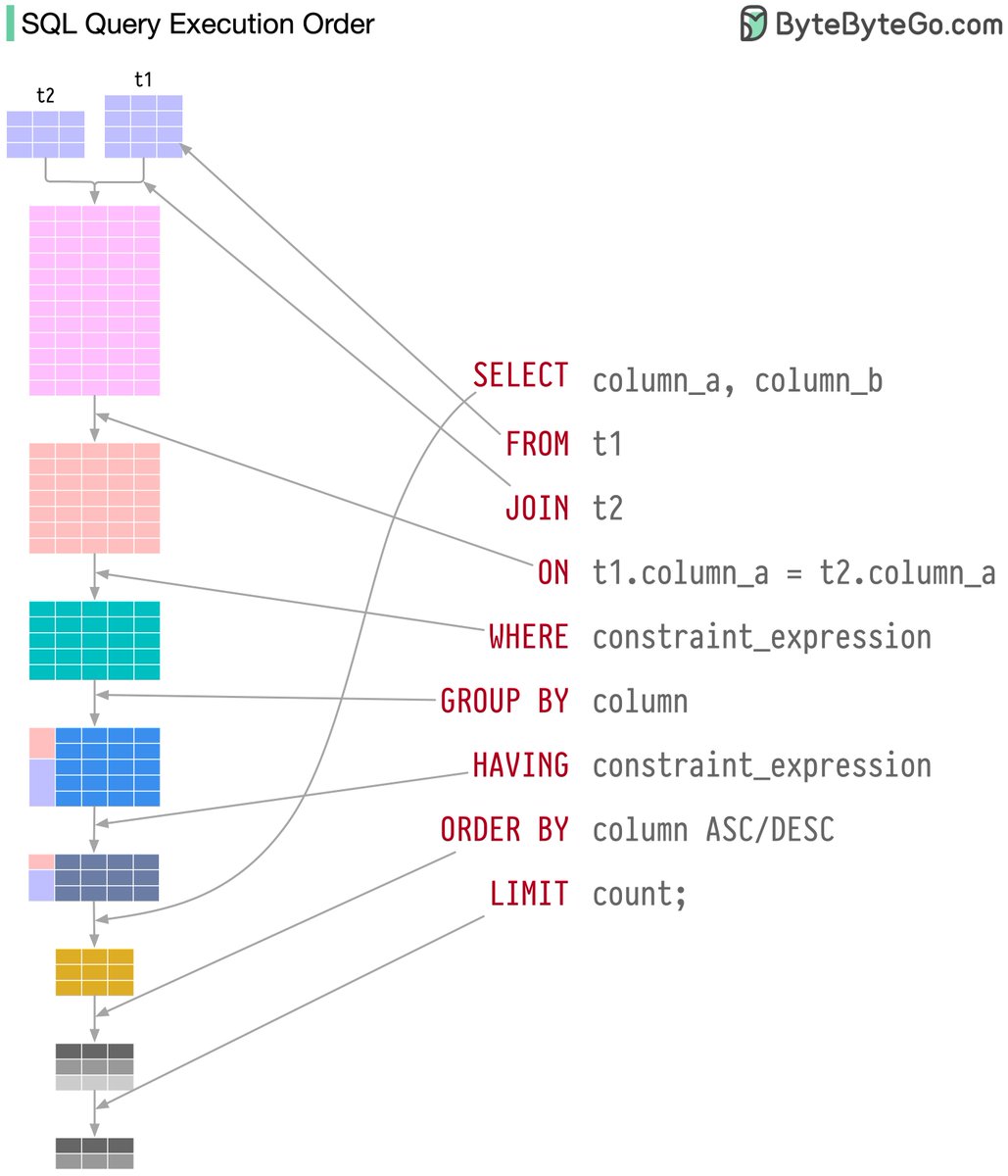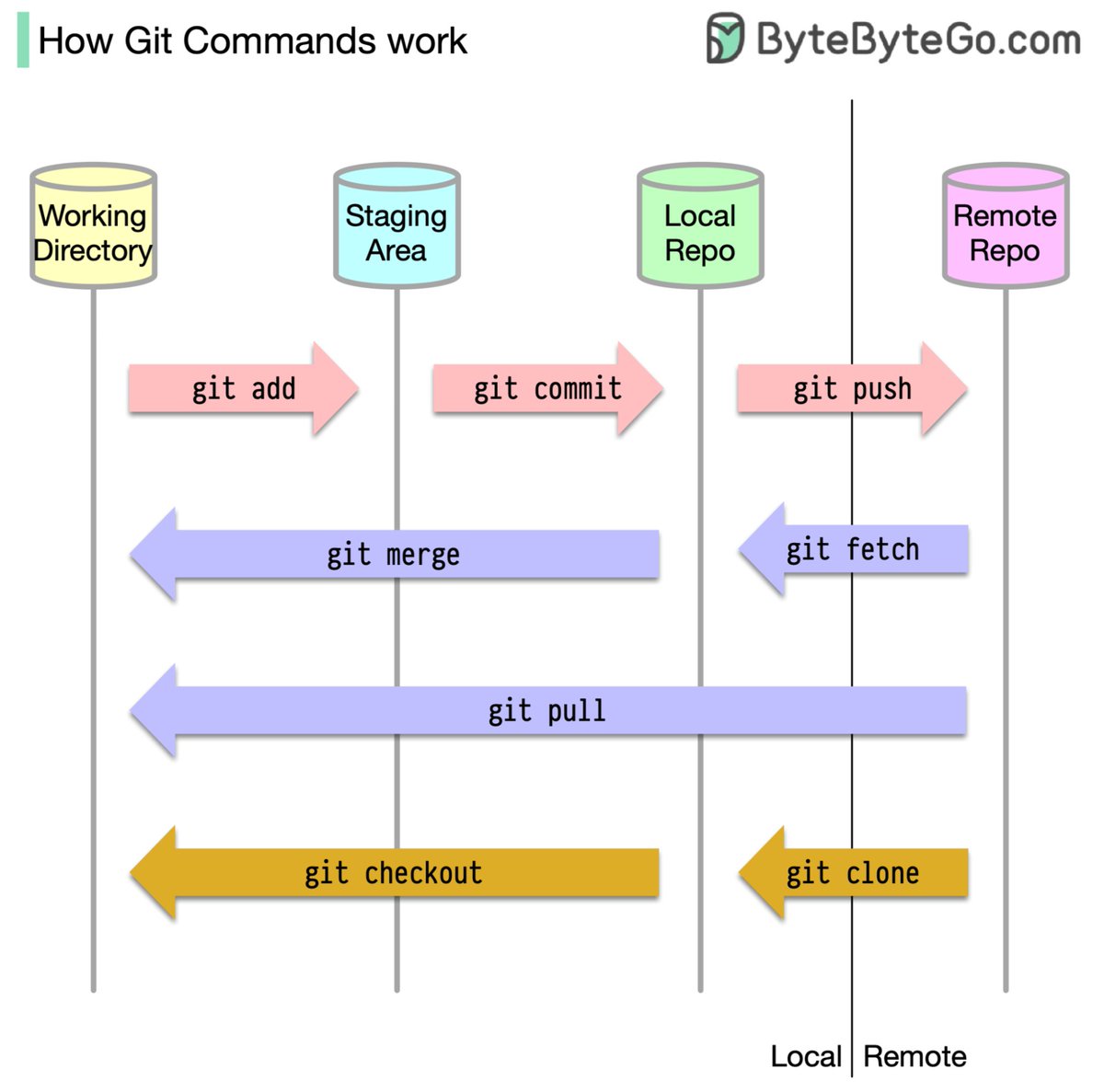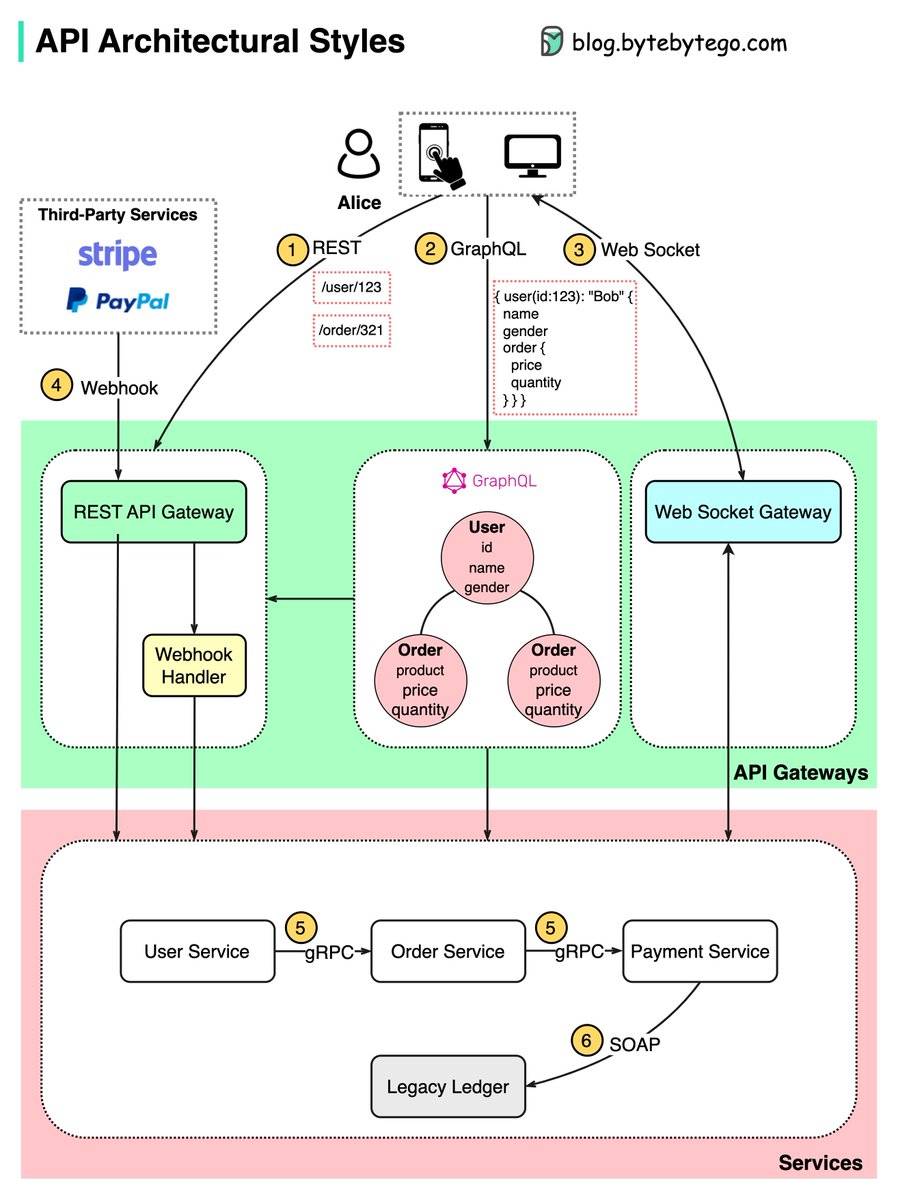
/1 Want to know the secret to optimizing your SQL queries? Understanding the execution order is key. 

/2 SQL statements are executed by the database system in several steps, including:
- Parsing the SQL statement and checking its validity
- Transforming the SQL into an internal representation, such as relational algebra
- Parsing the SQL statement and checking its validity
- Transforming the SQL into an internal representation, such as relational algebra
/3
- Optimizing the internal representation and creating an execution plan that utilizes index information
- Executing the plan and returning the results
- Optimizing the internal representation and creating an execution plan that utilizes index information
- Executing the plan and returning the results
/4 The execution of SQL is highly complex and involves many considerations, such as:
- The use of indexes and caches
- The order of table joins
- Concurrency control
- Transaction management
- The use of indexes and caches
- The order of table joins
- Concurrency control
- Transaction management
/5 Over to you: The "now()" function in SQL, as used in the statement "SELECT NOW() + 1;", is evaluated during the optimization and execution plan creation step where the function is replaced with the current date and time value before creating the execution plan.
/7 I hope you've found this thread helpful.
Follow me @alexxubyte for more.
Like/Retweet the first tweet below if you can:
Follow me @alexxubyte for more.
Like/Retweet the first tweet below if you can:
https://twitter.com/alexxubyte/status/1633509145335988224
Also posted the thread on hacker news. Upvote would be appreciated: news.ycombinator.com/newest
Title: Visualizing a SQL Query
Title: Visualizing a SQL Query

If you want to practice SQL, Data Lemur is a great platform. It's similar to Leetcode but for SQL: datalemur.com
• • •
Missing some Tweet in this thread? You can try to
force a refresh















